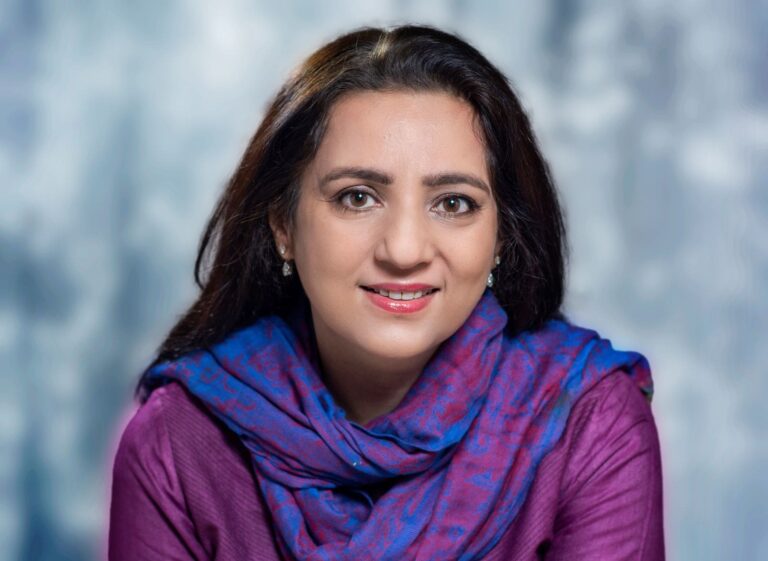GHALIB’S RAMPUR
Rampur ahl e nazar ki hai nazar mein wo shahar
Ke jahan hasht bahisht aake huey hain baham
(In the eyes of the discerning, Rampur is a town where paradises have converged)
Ghalib
Mirza Ghalib’s relationship with Rampur dates back to the years when Nawab Yusuf Ali Khan, the crown prince of Rampur, was a student in Delhi. Ghalib taught him Persian. But for a few years before the revolt of 1857, there was no contact between the two. After the revolt of 1857, Ghalib was bereft of the patronage of the Mughal king and was struggling to make ends meet, refusing to leave Delhi, lamenting its devastation. At the advice of Maulana Fazle Haqq, a well known man of letters who had settled in Rampur, he applied to Nawab Yusuf Ali Khan for appointment as editor of his couplets, islah-e-ashar. The Nawab was a gifted poet and took advice from the Urdu poet Momin for correcting and editing his compositions. Nawab Yusuf sent some of his couplets to Ghalib and the relationship of the tutor and student resumed. There are manuscripts in the Raza Library with corrections and comments by Ghalib. It was on the advice of Ghalib that Nawab Yusuf changed his pen name from ‘Yusuf’ to ‘Nazim’, the composer of nazm poetry.
Nawab Yususf wrote six letters to Ghalib entreating him to come to Rampur from 1858 to 1859 waiting for his visit after every letter. The tone of the letters is humble and respectful reflecting none of the arrogance of a young Nawab. But Ghalib was awaiting the decision of the British Raj to his appeal to resume his pension. When he final lost the appeal, he came to Rampur in January 1860. Nawab Yusuf had already granted him pension of one hundred rupees in 1859 which he continued till the end of his reign and which was renewed by his successor, Nawab Kalbe Ali Khan.
The Nawab gave him a house in mohalla Rajdwara which, till recently, bore a stone engraving -‘Qayaamgah-e-Ghalib’, the house of Ghalib. He was also allotted a servant and a cook as well as conveyance when required. He would get two hundred rupees salary when he was stationed at Rampur. It was a cushy life and Ghalib enjoyed a close bond with his student, the Nawab who spent hours alone with him even neglecting state affairs. No one was allowed to interrupt these sessions. But Ghalib didn’t stay in Rampur for long and returned back to Delhi even though he was impressed by the sher goi aur sher fahami, the writing and understanding of poetry by the people of Rampur which he compared to Shiraz and Isfahan.
An incident during his sojourn in Rampur is narrated by Mumtaz Ali, the biographer of the poet Ameer Minai. A blind barber used to serve Ghalib by pressing his feet. Ghalib came to know that the poor barber is unable to marry of his daughter due to abject poverty. When the time came for Ghalib to leave for Delhi, the Nawab sent him five hundred rupees for the journey. He called the barber and gave him the money for the marriage of his daughter.
Ghalib wrote three qaseeda composition in Persian and one in Urdu in praise of Nawab Yusuf Ali Khan and was richly rewarded. When Nawab Kalbe Ali Khan succeeded Nawab Yusuf Ali Khan, he sent invitation to attend the crowning ceremony and Ghalib wrote a composition in his honour, attended the ceremony in 1865 and stayed in Rampur for some time.
A master of repartee, once the Nawab was leaving station and said to Ghalib ‘Khuda ke hawaley-I leave you to the care of God.’ Ghalib replied, ‘Khuda ne to mujhe aap ke supurd kiya hai aap phir mujhey khuda key supurd kartey hain– God has entrusted me to your care and now you are entrusting me back to his care!’
Nawab Kalbey Ali Khan was more interested in prose writing and wrote seven volumes of dastaan but he took Ghalib’s help in correcting his work and continued his stipend. Their relationship was turbulent and marked by difference of opinions but Ghalib wrote eloquently of Nawab Kalbe Ali’s generosity and demeanour.
Ghalib’s relationship with Rampur durbar continued till his death in 1870- a period of 11 years and after him, his widow Umrao Begum and his nephew, Husain Ali Khan continued to receive the stipend. The Nawab not only paid for Ghalib’s last rites (Ghalib’s Munshi confirmed that the stipend was received and used for his burial)but also sent a sum of six hundred rupees to settle his debts. It would not be an exaggeration to say that if it wasn’t for the patronage of the court of Rampur, Ghalib would have fallen on hard times in the lean years following the devastation of 1857.
Ghalib writes of Rampur in the time of Nawab Yusuf Ali Khan:
Ye Rampur hai daar us suroor. Jo lutf yahan hai woh aur kahan. Paani subhaan allah. Shahr ke teen sau qadam par ek dariya hai aur kosi us ka naam hai. Bila shuba chashma e aab e hayaat ki sot us mein mili hai. Khair agar yun bhi hai to bhai aab e hayaat umr badhaata hai itna shireen kahan hoga.
[ Rampur is an intoxicating town. The delight I find living here is incomparable. The water of the Kosi river which flows three hundred steps from here has such amazing powers that I believe a stream from the heavenly eternal life giving river, the aab-e-hayaat flows into it. Even if it is so, the aab-e-hayaat gives everlasting life and cannot be as sweet as Kosi.]



Very informative and detailed. Simple article which almost transform you to that era….
Very nice Tarana!!
Good piece of information on Galib and his relationship with Rampur.
Splendid job! It is a very enlightening article.
Amazing! This is something I had no idea of even though I’m born in this city.
Brilliant piece of research! Never knew Ghalib had links to Rampur.
Wow! Very well written. Alluring enough for me to visit Rampur and explore it’s history and beauty. Honestly, I was unaware of the history hidden in Rampur.